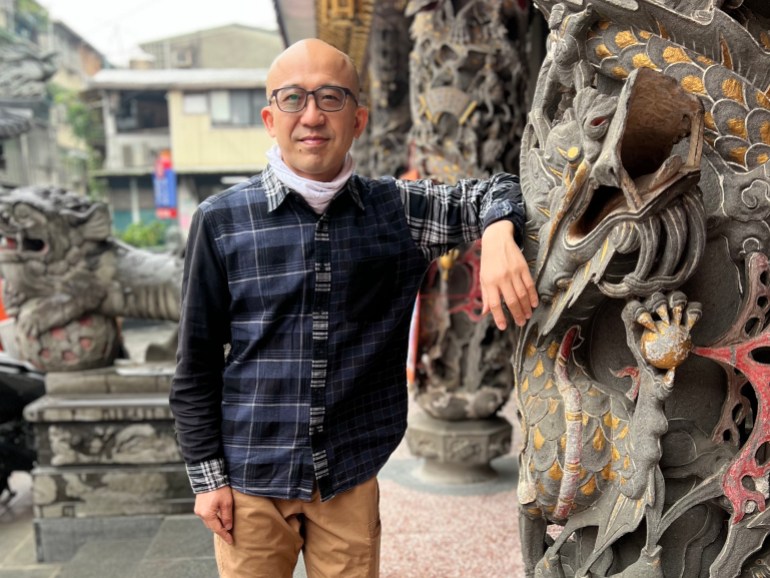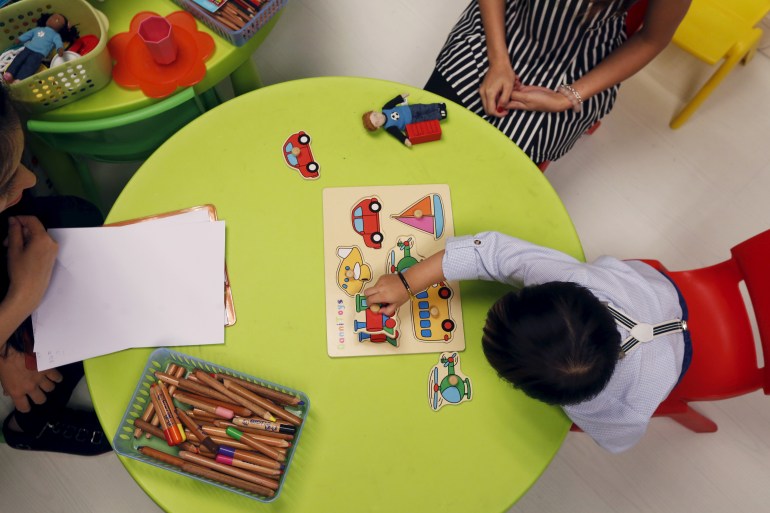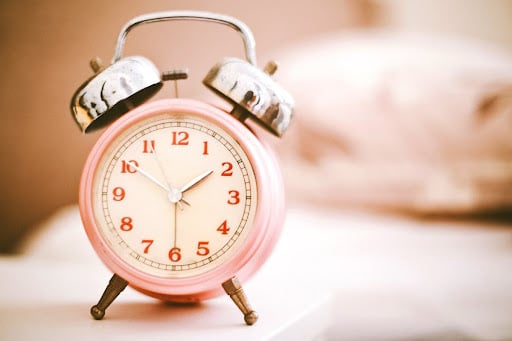Taipei, Taiwan – IHua Wu was born in 1976, the Year of the Dragon in the Chinese zodiac.
The only mythical animal in the zodiac, which includes a rabbit, a pig and a horse, the dragon is seen as particularly auspicious.
Wu is unsure whether his parents planned for him to be born that year – it was at least a pleasant surprise – but other Taiwanese parents certainly seem to have hoped for dragon children.
The year 1976 was a bumper year for babies in Taiwan – 425,125 births, up from the crude birth rate of 396,479 over the 1970s. It was a noticeable reversal from a birth rate that had been slowly on the decline.
“People in Taiwan kind of prefer to have kids who are dragons,” Wu said, because the dragon is known to be wise and charismatic in Chinese folklore.
The least popular sign is the tiger, by contrast, with those born in those years seen as potentially wild or stubborn by superstitious parents – or grandparents.
While Wu said he did not feel extra pressure at home to become a model “dragon”, his zodiac sign followed him throughout his education and into adulthood due to the sheer size of his school year.
“Because we have more dragon kids in this year, we could expect for university or high school exams … more competition,” he told Al Jazeera, “Even my compulsory military service, there were more opportunities to be unlucky.”
He ended up volunteering to become a paratrooper rather than risk two years stationed on one of Taiwan’s lonely outlying islands, thanks to the bumper crop of recruits in his year.

Dragon babies everywhere
Wu’s experience growing up in Taiwan is one that is not uncommon for ethnic Chinese across Asia born in the Year of the Dragon. While their parents may hope for an auspicious birth, the impact of a small population spike can follow dragon babies throughout their lives.
In 2017, researchers in Singapore studied the experience of ethnic Chinese “dragons” in the city-state and found that they struggled more than other zodiac signs – and that some of their bad luck spread to other minority groups.
“We find that larger dragon cohorts face weaker educational and economic prospects due to greater competition,” said Tan Poh Lin, one of the authors behind the study and a senior researcher at the National University of Singapore’s Lee Kuan Yew School of Public Policy.
In multiethnic Singapore, ethnic Indian and Malay Singaporeans also felt the knock-on effect of as many as 10 percent more births during dragon years, she said. Singaporean women born two years later also faced stiff competition from “dragon” men who entered the workforce at the same time, after taking time off to perform compulsory national service.
“These externalities spill over to non-Chinese born in the dragon year, and since men enter the labour market two years later than women do due to National Service requirements, we also see depressed earnings among women born in the year of the horse, their labour market co-entrants,” she said by email.
Tan and her team specifically studied Singapore, but similar patterns can be seen across ethnic Chinese communities and clustered around the dragon years of 1988, 2000 and 2012. Another bump is expected to start this week with the start of the new lunar new year on February 10 when the next dragon year officially starts.
A not-so-ancient tradition
The Chinese zodiac dates back at least 2,000 years, but the dragon baby boom is a distinctively modern phenomenon, according to researchers.
The year of the first dragon boom – 1976 – also coincided with an overall upswing in East Asia and some parts of Southeast Asia as countries finally felt the positive benefit of widespread post-war industrialisation. Economists even had a name for four of its biggest stars, the “Asian tigers” of Hong Kong, Singapore, Taiwan and South Korea.
“These zodiac swings… started really in the 1970s in Chinese societies,” said expert demographer Daniel Goodkind, who has studied Chinese zodiac birth patterns.
“This is the fifth cycle where we’re starting to see this pattern, and it’s not just the dragon where you see these zodiac fluctuations. In Chinese societies, you also tend to see a drop in the tiger year two years before,” he said.

While conducting fieldwork in Asia in 1990 on the issue – shortly after the “second dragon cycle” of 1988 – Goodkind said he struggled to find an exact answer. He recalled even asking fortune-tellers at the time if they encouraged parents to have a “dragon” baby, they would look at him confused and respond” “Why are you asking me that?”
The preference “doesn’t really come from formal principles or collective wisdom”, he said. “That’s not what parents are relying on. It’s more like a folk belief based on the animals themselves.”
The contemporary drive for dragon babies has resulted in some of the greatest fluctuations in Malaysia and Singapore, he said, although they are felt to varying degrees in Taiwan, Hong Kong, Brunei, the Philippines and Thailand, where at least 10 percent of the population is ethnic Chinese.
China proper has been the latest entrant thanks to the impacts of the one-child policy and the Cultural Revolution, which temporarily suspended many folk practices, but parents there are now also seeking dragon babies.
Indeed, rather than disappear with other superstitions, astrology has only become more popular with the passing decades – both in Asia and beyond, according to Singapore’s Tan.
“Among affluent and well-educated populations from East to West, astrological services have become heavily commercialised as a form of entertainment, social activity and belief system parallel to organised religion,” Tan said. “In Singapore, for example, it is easy to find online daily horoscope and almanac apps or walk-in feng shui consultancies for advice on matters such as couple compatibility, auspicious dates for major events and baby name selection.”
In Asia, these practices even extend to modern buildings and skyscrapers, incorporating traditional Chinese beliefs around feng shui, or the practice of creating harmony in the environment. In ultramodern Hong Kong, many buildings famously have “dragon holes” allowing the mythical beast passage to nearby mountains.
Other buildings, like Hong Kong’s HSBC headquarters and Taiwan’s tallest building, Taipei 101, were built with multiple references to feng shui and traditional Chinese symbolism.
Dragons continue to reign
Despite the notable increase in competition in some countries, it is not all doom and gloom for every dragon baby.
Herman Wu, who was also born in 1976, told Al Jazeera that while his school year was significantly larger and more competitive, there were also some benefits.
“Some traditional rituals require the zodiac sign to be the auspicious dragon. For example, during the wedding ceremony, when the bride arrives at the groom’s home, children with the zodiac sign of the dragon are needed to greet the bride,” he said.
For this service, he would receive a “red envelope” with some cash inside, earning him pocket money throughout his childhood. Red is considered a lucky colour among Chinese and red envelopes are also given to younger people by their elders during the Lunar New Year festivities.
Even less traditional Taiwanese are thrilled about the possibility of a dragon baby.
Cici Jiang, a 34-year-old expectant mother, told Al Jazeera she was excited that her baby boy would be born in March – well into the year of the dragon.
While Jiang said she had not planned for a dragon baby, many of the other women in her pregnancy chat group had.
“All the others used IVF to get pregnant, they were all excited to have a dragon baby, but they ended up having their babies before the lunar new year, so the babies’ zodiac signs were still considered rabbits,” she said.
People born in rabbit years are said to be gentle and creative. While it is also an auspicious sign, it does not quite meet the prestige of being a dragon.
“I’m the only person who’s going to have a dragon baby boy. People have been telling me how lucky I am. I feel very blessed,” Jiang said.
#Auspicious #unlucky #perils #lunar #year #dragon #baby #boom #Arts #Culture #News



